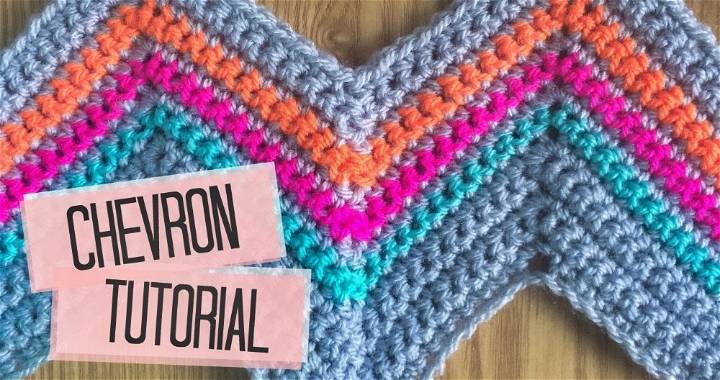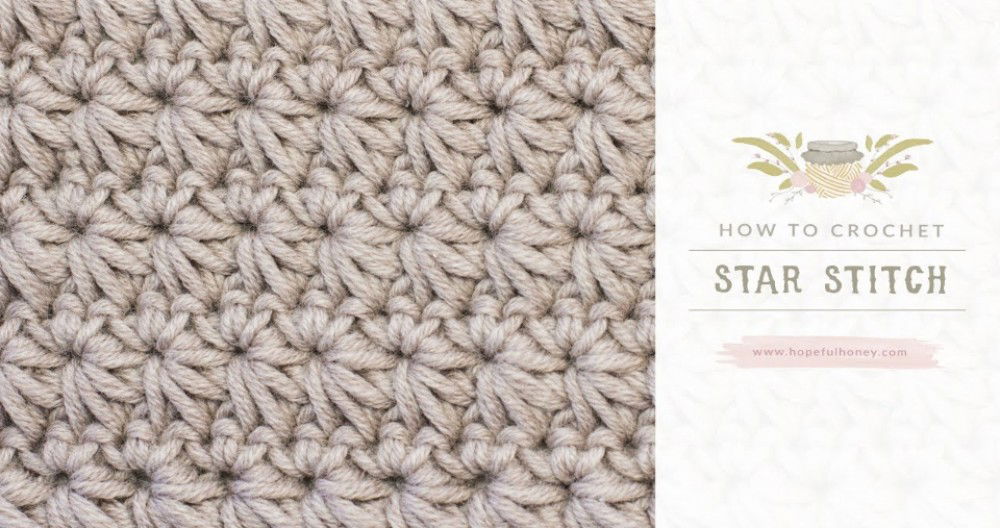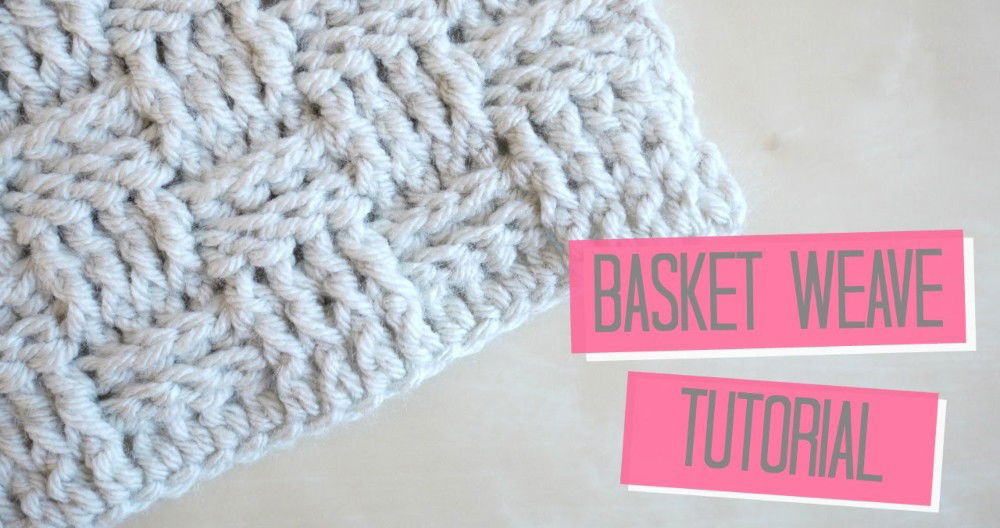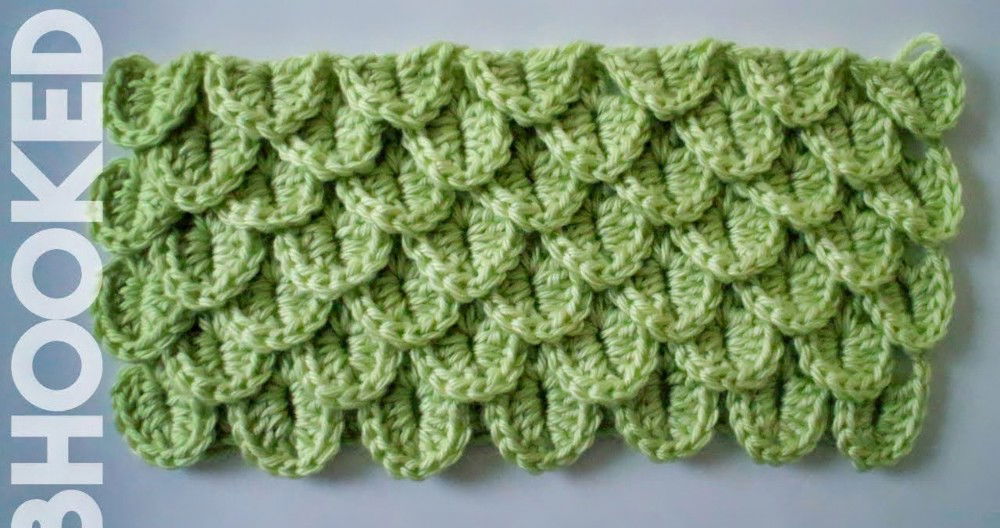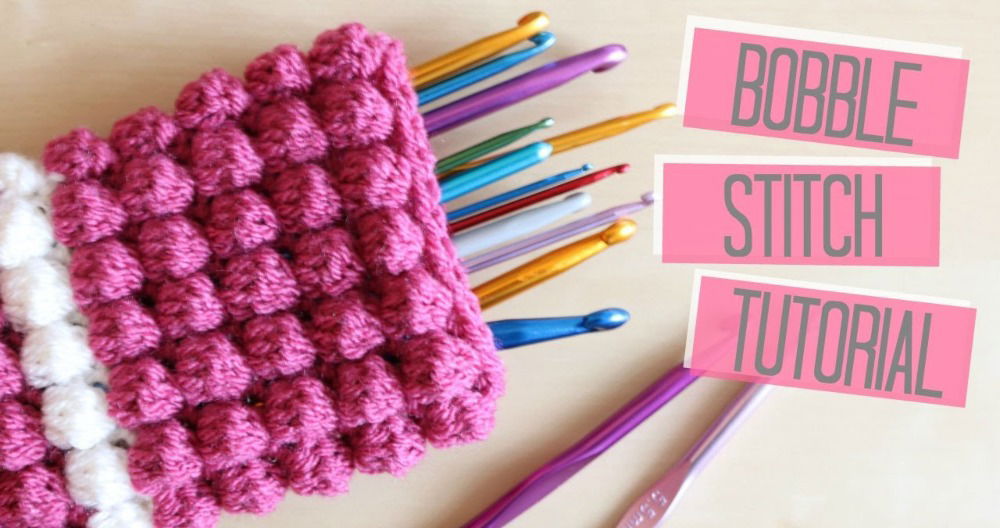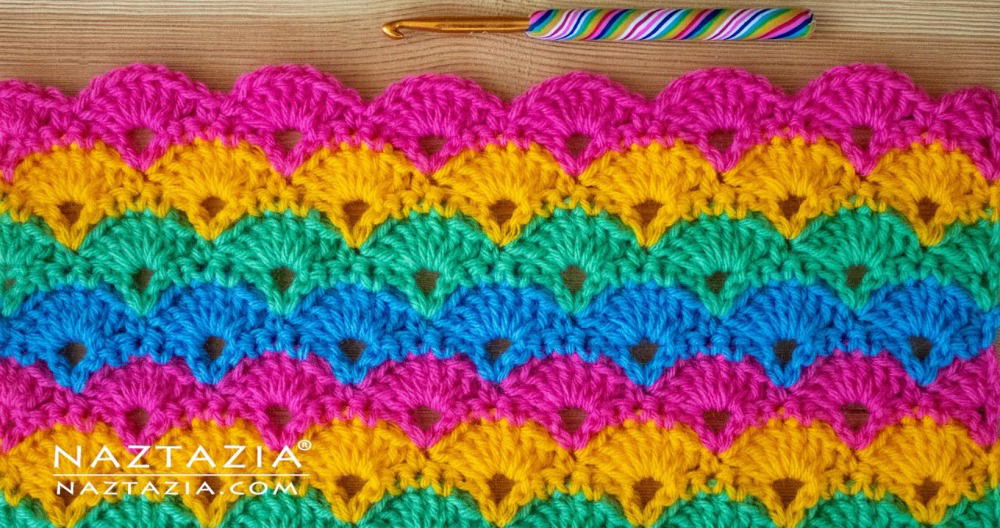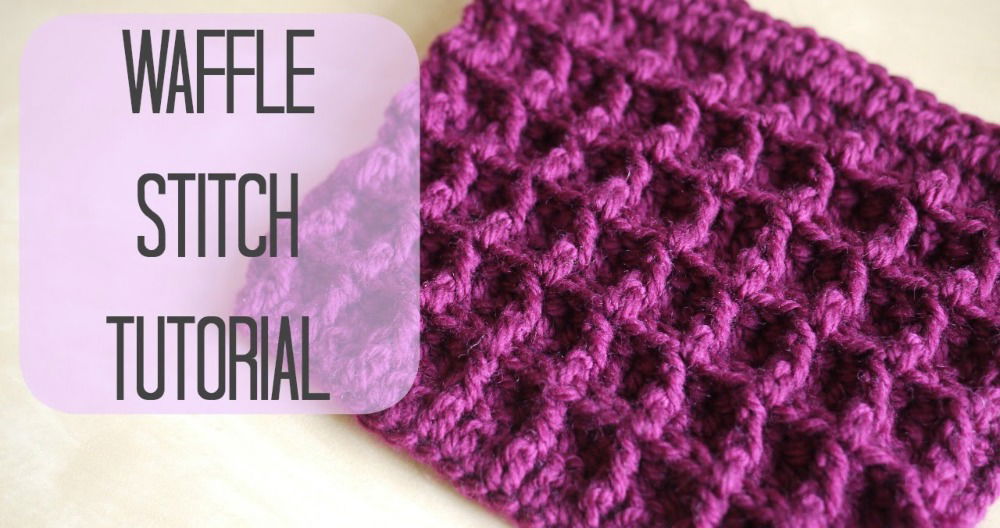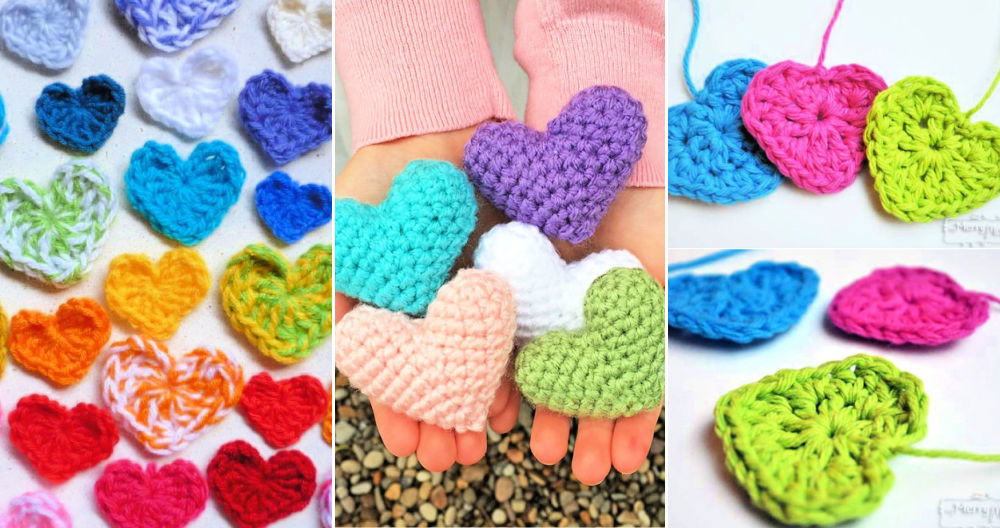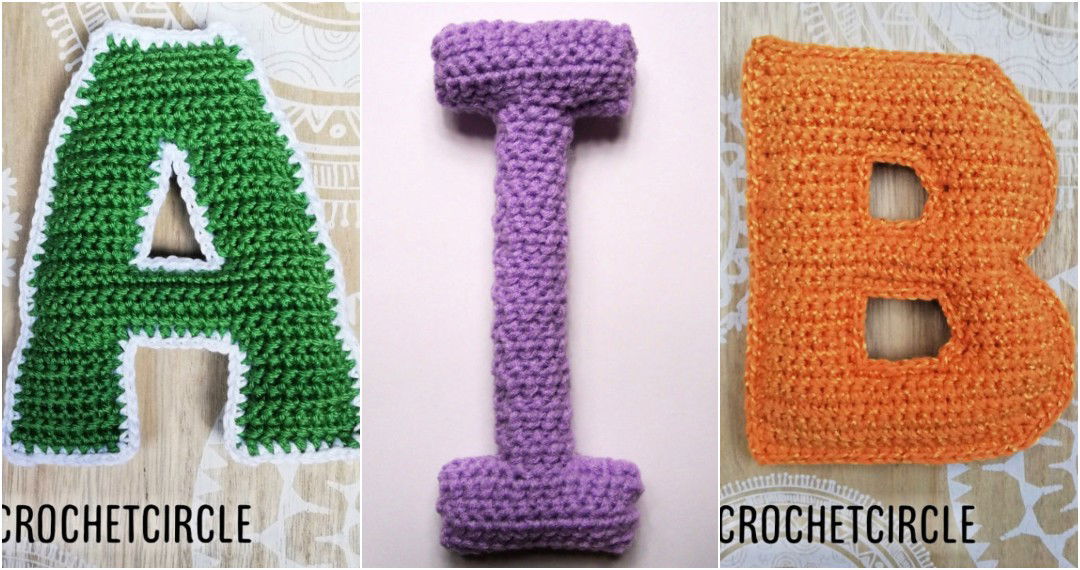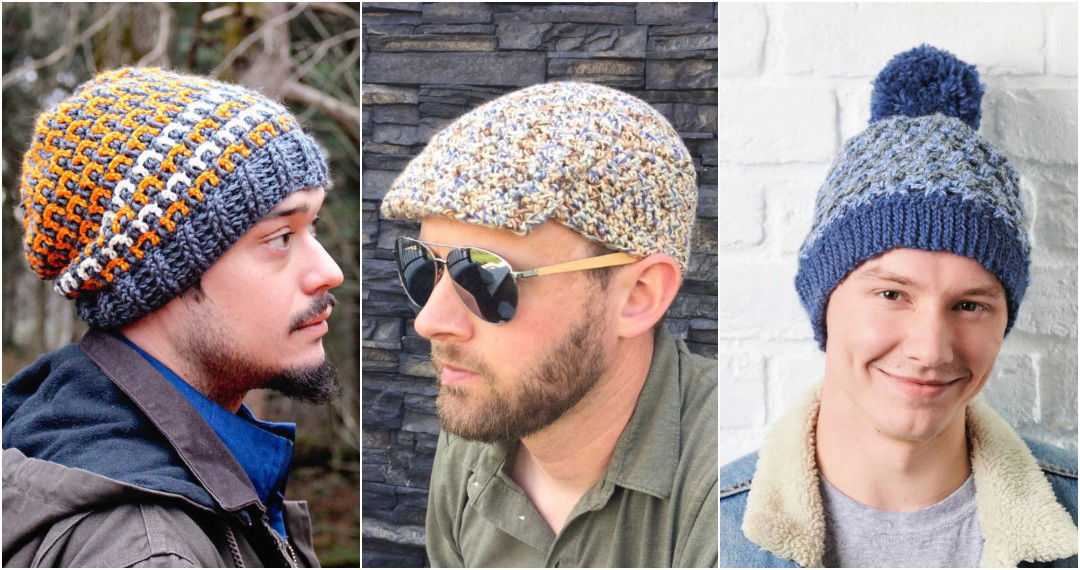Delving into how to crochet cables can transform your crafting journey with an easy stitch pattern that adds elegance and depth to your projects. This guide is tailored to help crafters grasp the essentials of making captivating cable designs, ensuring you have all the necessary tools and techniques at your fingertips. From choosing the right materials to mastering the foundation chain, every step is laid out clearly to make learning enjoyable and straightforward.
As we move forward, you'll discover not only the basics but also the secrets to troubleshooting common mistakes in crocheting cables, and explore a variety of stitch patterns that can enhance your creations. Whether aiming to spruce up your home decor or add a unique touch to wearable items, understanding the craft of cable stitching opens up a world of possibilities.
Keep reading to unlock your potential in crocheting cables, with easy-to-follow guidance designed to elevate your skills.
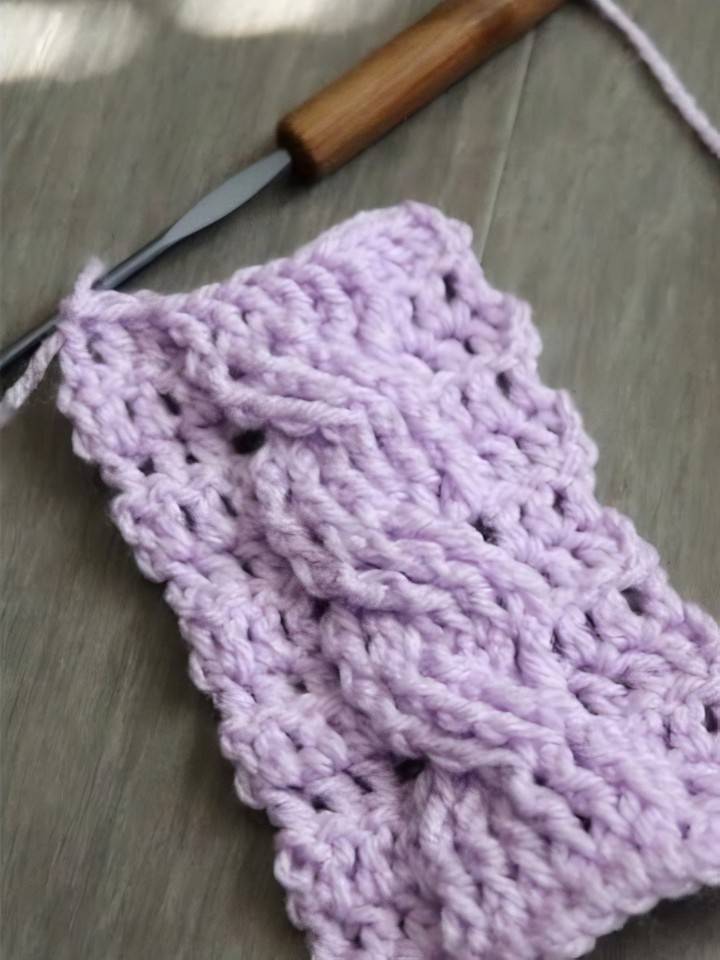
How to Crochet Cables: Easy Stitch Pattern
Crocheting a cable stitch is a fantastic way to add texture and depth to your crochet projects. This guide is perfect for beginners looking to learn this technique. Inspired by Anne Claire's tutorial, it will walk you through each step carefully, ensuring your success in mastering the easy cable stitch. Let's start with the basics.
Materials Needed:
- Category 4 Yarn (or any yarn of your choice)
- 5.5 mm Crochet Hook (adjust according to the yarn you're using)
- Tapestry Needle (for weaving in ends)
Step 1: Making the Foundation Chain
- Begin by making a slip knot.
- Chain in multiples of 12 for your project basis. For a simple test swatch, chain 12.
- After achieving the desired length, add two extra chains for the turning chain.
Step 2: The Foundation Row
- Skip the first two chains from the hook.
- In the third chain, start making double crochets all along the foundation chain.
- Complete the row until you have a series of double crochets.
Step 3: Starting the Cable Pattern
- Turn your work after chaining two (this counts as a turning chain and does not count as a double crochet).
- Start with making three double crochets.
- Proceed to make six front post double crochets.
- Finish the row with three double crochets.
Step 4: Adding Texture
- Chain two and turn your work.
- Begin the row with three double crochets.
- Perform six back post double crochets to make a textured pattern.
- End the row with three double crochets.
Step 5: Crafting the Cable Twist
- Continue the pattern by alternating front post and back post double crochets across the rows.
- Introduce treble crochets for making the twists, by skipping certain stitches and working in advance, then coming back to skipped stitches to complete the twist effect.
Step 6: Repeating the Pattern
- Repeat the process from rows two through seven to extend the cable pattern to your desired length.
- The sequence involves alternating between front post and back post double crochets and introducing twists with treble crochets to simulate the cable effect.
Step 7: Finishing Off
- Once you reach your desired length, trim your working yarn, leaving a sufficient tail.
- Pull the tail through the last loop on your hook securely.
- Use a tapestry needle to weave in the ends for a neat finish.
Video Tutorial
For a more detailed demonstration, watch Anne Claire's step-by-step video tutorial on crocheting an easy cable stitch.
It pairs well with this written guide, providing a visual view of the techniques discussed, making it easier to understand and follow along.
With patience and practice, you can easily master the easy cable stitch and add it to various projects for a beautiful textured look. Remember to keep your stitches consistent for a neat and professional finish.
Troubleshooting Common Mistakes in Crocheting Cables
Crocheting cables can add a beautiful, textured dimension to your projects, but it's not uncommon to encounter a few hiccups along the way. Here's a helpful guide to identify and fix common mistakes, ensuring your cable crochet is both enjoyable and successful.
Choosing the Right Hook and Yarn
One of the most frequent issues crocheters face is using an inappropriate hook size or yarn type for their cable project. It's essential to select the right hook size that corresponds with your yarn weight to achieve the desired tension and definition in your cables.
Maintaining Consistent Tension
Inconsistent tension can lead to uneven cables. Practice maintaining a steady grip on your yarn and hook. If your cables are too tight, try relaxing your hold; if they're too loose, ensure you're not letting the yarn slip too freely.
Understanding Post Stitches
Cables are maked using front and back post stitches. It's crucial to understand how to execute these stitches correctly. For a front post double crochet (FPDC), yarn over (YO), insert the hook from the front to the back and then to the front around the post of the indicated stitch, YO and pull through, then complete the stitch as usual. The back post double crochet (BPDC) is similar but worked from the back to the front.
Following the Pattern Accurately
It's easy to lose track of where you are in a pattern, especially with multiple cables. Always keep your pattern close by and use stitch markers to help you remember which stitch to work next.
Crossing Cables Correctly
A common mistake is crossing cables the wrong way. This usually happens when you work the stitches out of order. Pay close attention to the pattern's instructions on which stitches to skip and where to place your post stitches.
Practicing Enough
Like any skill, mastering crochet cables requires practice. Don't be discouraged by initial mistakes; instead, view them as learning opportunities. The more you practice, the more intuitive cable crocheting will become.
By being mindful of these common pitfalls and practicing regularly, you'll soon find that crocheting cables is a rewarding and enjoyable skill to add to your crafting repertoire. Remember, patience and persistence are key to perfecting your technique.
Variations of Cable Stitch Patterns
Cable stitches are a cornerstone of crochet that can transform any project into a work of art. While the classic cable stitch is a staple in the crochet community, there are numerous variations that can add complexity and beauty to your work. Here's a detailed guide to some unique cable stitch patterns that you can incorporate into your crochet repertoire.
The Cross-Over Cable Stitch
This stitch makes an elegant criss-cross pattern that resembles braided ropes. It's achieved by alternating front post double crochets (FPDC) with back post double crochets (BPDC), allowing the stitches to cross over each other. This stitch is perfect for adding a touch of sophistication to blankets and scarves.
The Chain Cable Stitch
Ideal for beginners, the chain cable stitch uses simple chain stitches and slip stitches to mimic the appearance of cables. It's a great way to practice making cable-like textures without the complexity of post stitches.
The Tunisian Cable Stitch
Tunisian crochet, often considered a hybrid of knitting and crochet, offers a unique approach to cables. Using an extended hook, this technique involves a series of yarn overs and strategic hook placements to make intricate, woven patterns.
The Honeycomb Cable Stitch
A delightful variation that produces a textured, honeycomb effect. It combines taller stitches like treble crochets with shorter ones like single crochets to form a fabric that pops with a three-dimensional look.
The Braided Cable Stitch
As the name suggests, this stitch results in a beautiful braid-like pattern. It's more complex than the basic cable stitch, involving a sequence of front post treble crochets (FPTC) that intertwine to make a plaited effect.
The Diamond Cable Stitch
This advanced stitch makes a stunning diamond pattern within your crochet work. It requires careful counting and placement of front post and back post stitches to outline the diamond shapes, making it a rewarding challenge for experienced crocheters.
By exploring these variations, you can elevate your crochet projects with new textures and designs. Remember to practice each pattern until you feel comfortable, and don't hesitate to put your own twist on these stitches to make them uniquely yours. Happy crocheting!
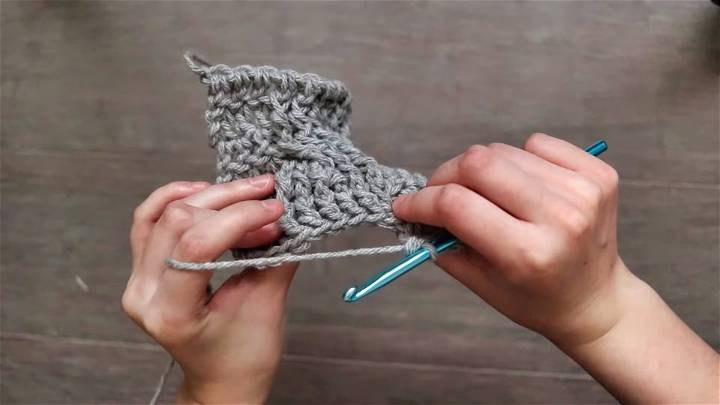
Project Ideas for Crochet Cables
Crochet cables can turn simple projects into stunning creations with their intricate textures and patterns. Whether you're a beginner or an experienced crocheter, there's a cable project that's perfect for you. Here are some project ideas that will inspire you to pick up your hook and start crocheting.
Cozy Home Decor
Cable crochet isn't just for wearables; it can also add a touch of warmth and elegance to your home. Consider these ideas:
- Cushion Covers: A cable-stitched cushion cover can be a statement piece on your sofa.
- Blankets and Throws: Make a cozy blanket with a simple cable pattern for added texture.
- Table Runners: Dress up your dining table with a delicate cable runner.
Fashionable Wearables
Cable crochet patterns can make your wardrobe pieces stand out. Here are some wearable project ideas:
- Scarves and Cowls: A classic choice for cable patterns, scarves, and cowls offer endless possibilities.
- Hats and Beanies: Keep warm with a stylish cabled hat or beanie.
- Sweaters and Cardigans: Challenge yourself with a larger project like a cabled sweater or cardigan.
Small Projects for Practice
If you're new to cable crochet or looking for a quick project, these small items are ideal:
- Headbands: A cabled headband is both a practical and fashionable accessory.
- Coffee Cozies: Protect your hands and spruce up your coffee cups with a cabled cozy.
- Dishcloths: Practice your stitches while making something useful for your kitchen.
Unique Accessories
Add a twist to your accessories with these creative cable crochet ideas:
- Bags and Purses: A cabled tote or clutch can be both sturdy and stylish.
- Belts: A narrow cable pattern can make a chic and unique belt.
- Jewelry: Crochet a statement necklace or bracelet with a miniature cable design.
By exploring these project ideas, you can enjoy the beauty of cable crochet in many forms. Remember to choose the right yarn and hook size to make your cables pop, and don't be afraid to experiment with different patterns and colors.
User Experience Tips for Crocheting
Making a comfortable and enjoyable crocheting experience is essential for both beginners and seasoned crafters. Here are some user experience tips that will help make your crocheting sessions more productive and pleasurable.
Choose the Right Tools
Selecting the appropriate hook and yarn is crucial for a smooth crocheting experience. A hook that feels comfortable in your hand and yarn that glides easily can make all the difference.
Organize Your Space
Keep your crocheting area tidy and well-organized. Use containers or bags to sort your yarns and tools, and ensure your most-used items are within easy reach.
Mind Your Posture
Good posture is important to prevent strain and fatigue. Sit in a comfortable chair with back support, and take regular breaks to stretch and rest your hands.
Lighting Matters
Adequate lighting can reduce eye strain. Use a bright lamp or choose a spot near a window to ensure you have enough light, especially when working with dark-colored yarns.
Simplify Pattern Reading
Use highlighters or markers to track your progress on patterns. This can help you avoid losing your place and make it easier to see where you left off.
Take Care of Your Hands
Your hands are your most valuable tools. Stretch your fingers and wrists regularly, and consider using ergonomic hooks to reduce the risk of discomfort.
Join a Crochet Community
Connecting with other crocheters can be incredibly rewarding. Join online forums or local groups to share tips, ask for advice, and find inspiration.
By implementing these tips, you'll enhance your crocheting experience, making it more enjoyable and less stressful. Remember, the key to a great crafting session is comfort and organization.
Advanced Techniques in Crochet Cables
Crochet cables are a beautiful way to add texture and interest to your projects. If you're ready to take your skills to the next level, here are some advanced techniques that will help you make stunning cable designs.
Exploring Beyond Basic Cables
Once you're comfortable with basic cable stitches, you can start exploring more complex patterns. Advanced crochet cables often involve a combination of different stitches and techniques to make intricate designs.
Incorporating Beads and Textures
Adding beads or using textured yarns can give your cables a unique look. Bead crochet is an advanced technique that can produce fabulous effects, especially when combined with cable patterns.
Tunisian Crochet Cables
Tunisian crochet is a hybrid of knitting and crochet that uses a longer hook. This technique allows for a variety of cable designs that are different from traditional crochet cables. It's a great way to challenge yourself and learn something new.
Experimenting with Cable Variations
There are many variations of crochet cable stitches, such as the chain cable, which is great for beginners, or the braid stitch, which makes a neat texture. Trying out different variations can help you find the perfect cable for your project.
Mastering the Jasmine Stitch
The Jasmine Stitch is considered one of the hardest crochet stitches due to its unconventional technique. However, it makes a beautiful, thick fabric that's perfect for winter projects like scarves and cowls.
Learning from Tutorials
There are numerous tutorials available that can teach you how to crochet various cable stitches. These tutorials are a great resource for learning and perfecting advanced cable techniques.
By expanding your knowledge and trying out these advanced techniques, you can take your crochet cables to new heights. Remember to practice and be patient as you work through the complexities of advanced cable crochet.
Maintenance and Care for Crochet Items
Proper maintenance and care are crucial to preserving the beauty and longevity of your crochet items. Whether you've crafted a delicate doily or a cozy blanket, following these simple yet effective tips will ensure your creations stay in pristine condition for years to come.
Washing and Drying
- Handwash gently with a mild detergent in cold water to maintain the item's shape and color.
- Machine washing is possible for some crochet items, but always use the delicate cycle and place the item in a mesh laundry bag.
- Air-dry crochet items by laying them flat on a clean towel away from direct heat and sunlight.
Stain Removal
- Spot clean stains by blotting the affected area with a mild cleaning solution, then rinse thoroughly.
- Avoid harsh chemicals that can damage the yarn fibers or cause colors to fade.
Storage
- Store crochet items in a cool, dry place to prevent mold and mildew.
- Fold items neatly or roll them to avoid creases and use acid-free tissue paper for delicate pieces.
Regular Care
- Shake out or use a low-power handheld vacuum to remove dust from crochet items.
- Depill regularly with a fabric shaver to keep the surface smooth and neat.
Repairs
- Mend any loose ends or small tears promptly to prevent further unraveling.
- Keep a crochet repair kit handy with matching yarn and a crochet hook for quick fixes.
By adhering to these care guidelines, you'll ensure that every stitch remains intact and your crochet items continue to bring warmth and charm to your home and wardrobe. Remember, a little care goes a long way in preserving the craftsmanship of your crochet work.
Frequently Asked Questions About Crochet Cables
Crochet cables can elevate the texture and aesthetic of your projects, but they may also bring up a lot of questions, especially if you're new to the technique. Here are answers to some common queries to help you get started and troubleshoot as you go.
What are crochet cables?
Crochet cables are decorative elements that make a raised, twisted or braided effect on the fabric. They're made by using front and back post stitches to manipulate the direction of the crochet work.
How do I start crocheting cables?
Begin by mastering the front post double crochet (FPDC) and back post double crochet (BPDC). These stitches are the foundation of cable crochet. Once you're comfortable with these, you can start following cable patterns.
Can I crochet cables with any type of yarn?
Yes, you can crochet cables with any yarn. However, the definition of the cables will vary depending on the yarn's thickness and texture. Smooth, solid-colored yarns often show off the cable pattern best.
Do I need special hooks for crocheting cables?
No special hooks are required, but comfortable, ergonomic hooks can make the process easier, especially since cable stitches can be tighter than regular stitches.
How do I fix a mistake in my crochet cable?
If you notice a mistake a few rows back, you can carefully unravel your work down to the point of the error. Use a crochet hook to pick up the stitches and rework the cable correctly.
Why do my crochet cables look loose?
Loose cables can result from not pulling the post stitches tight enough. Make sure to maintain consistent tension throughout your work.
How do I make my crochet cables look neater?
Practice is key to neat cables. Also, blocking your finished project can help even out the stitches and give your cables a cleaner, more defined look.
Can I make different patterns with crochet cables?
Absolutely! There are many cable patterns, from simple twists to complex braids and weaves. Experiment with different designs to find your favorite.
How do I keep track of complex cable patterns?
Use stitch markers to mark the beginning of a cable pattern within your row. Keeping a written or charted pattern close by as a reference can also be helpful.
Are crochet cables only for advanced crocheters?
Not at all. While they can be challenging, even beginners can learn to crochet cables by starting with simpler patterns and gradually working up to more complex designs.
How do I wash items with crochet cables?
Handwash your cable crochet items in cold water with mild detergent and lay them flat to dry. This will help maintain the shape and definition of the cables.
By addressing these FAQs, you'll be better equipped to start your journey into the world of crochet cables. Remember, patience and practice are your best tools for mastering this beautiful technique.
Conclusion:
In conclusion, mastering how to crochet cables with an easy stitch pattern is an invaluable skill that adds depth and beauty to your crocheting projects. From the basics of choosing the right materials to the intricate steps of crafting the cable twist and exploring advanced techniques, this guide walks you through every important aspect.
It's designed to help you troubleshoot common mistakes, experiment with various cable stitch patterns, and apply your new skills to a wide range of project ideas. Remember, practice and patience are key to perfecting your cable crocheting technique. So, pick up your hook, follow these guidelines, and make something truly special with your crochet cables. Happy crocheting!


